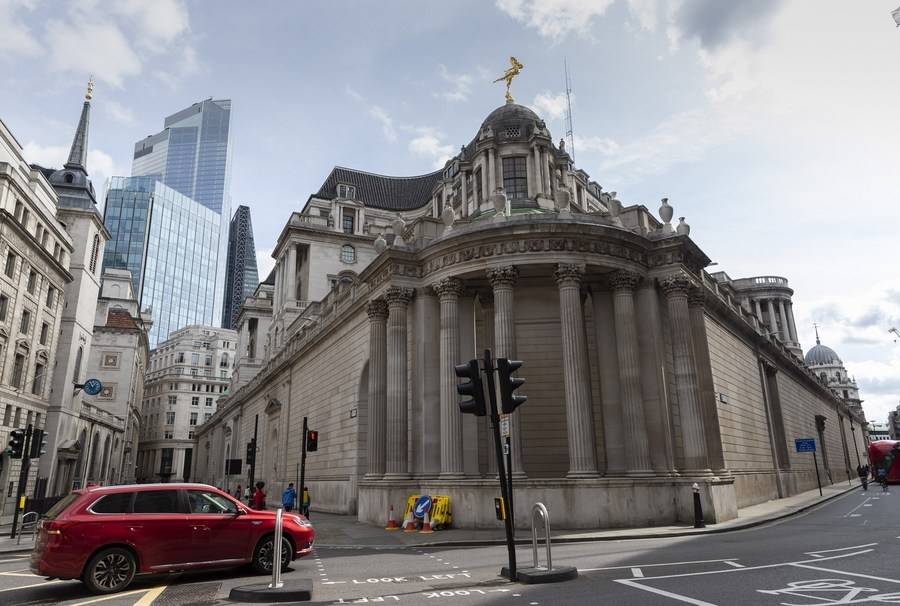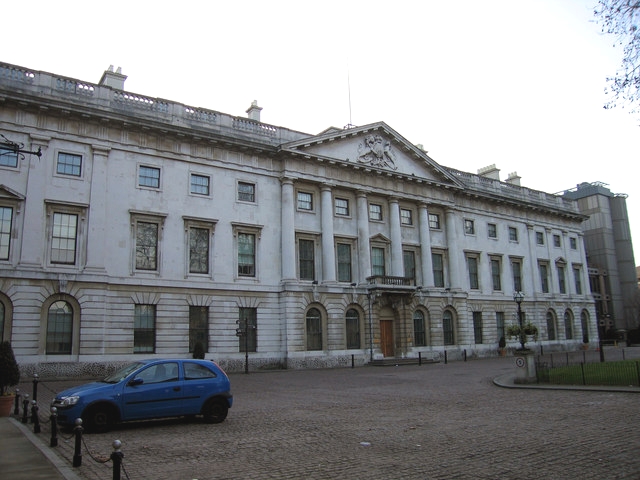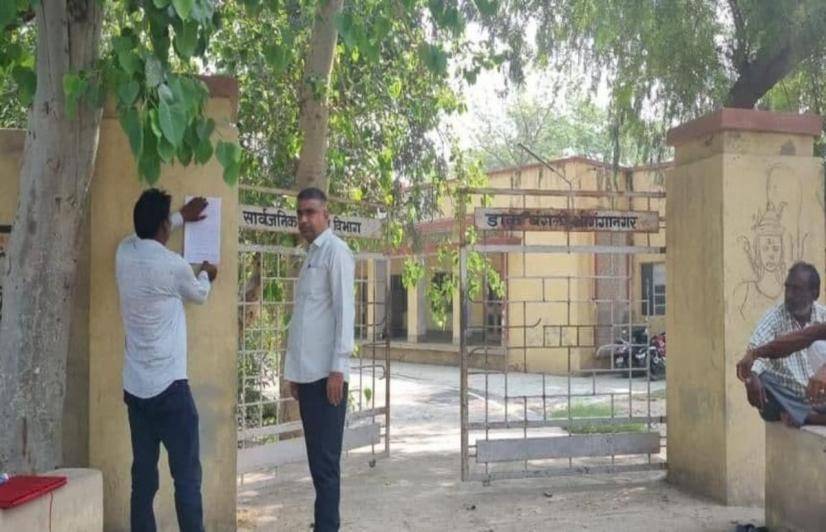Over 1,700 asthma hospitalisations in London due to toxic air. New analysis shows that the capital’s poor air quality led to over 1,700 hospital admissions for asthma and serious lung conditions between 2017-2019
Poor air quality stunts the growth of children’s lungs, creates new respiratory conditions and worsens existing chronic illnesses, such as asthma, lung and heart disease. It is high time for the Londoners to stem the rot.
Mayor Sadiq Khan said that further bold action is urgently needed to tackle London’s filthy air, as new analysis by researchers from Imperial College London shows air pollution contributed to over 1,700 hospital admissions for asthma and COPD between 2017 and 2019. The Mayor called the new analysis ‘a stark reminder’ that the health of Londoners is being damaged by air pollution.
The new evidence shows: The rapid improvement in air pollution levels reduced the number of hospital admissions for asthma and serious lung conditions by 30 per cent – from 2,450 (2014 – 2016) to 1,700 (2017 – 2019); the largest percentage improvement was among children under the age of 14 – between 2014 and 2016, around 1,000 of those admitted to hospital with airway diseases were children under 14 with asthma. Between 2016 and 2019, these air pollution attributable admissions were reduced to 700, a 30 per cent reduction. For some diseases, improving air quality has a direct and immediate benefit for public health.
The analysis adds to the growing body of evidence that bold action is required to reduce air pollution, tackle the climate emergency and cut congestion in the capital.
Earlier this month, the Mayor convened leaders from national and local government, health experts and campaigners, including Professor Chris Whitty, Defra Minister Jo Churchill MP and Rosamund Adoo-Kissi-Debrah, at London’s Clean Air and Health Summit to agree the next steps needed to tackle air pollution Rosamund’s nine year-old daughter, Ella Adoo-Kissi-Debrah, died in 2013 following an asthma attack, became the first person in the UK to have air pollution listed as a cause of death. Following the inquest, the Coroner set out areas of concern which were discussed at the summit, where actions were agreed.
The Mayor has already taken ground-breaking action to tackle toxic air, carbon emissions and congestion in the capital by introducing and then expanding the Ultra Low Emission Zone and tightening the Low Emission Zone standards. These interventions are expected to lead to a five per cent fall in CO2 emissions from cars and vans in the zone, a 30 per cent cut in toxic nitrogen oxide emissions and a 35 per cent cut in toxic fine particulate matter (PM2.5) exhaust fumes.
Even so, there is still much more work to do before London meets legal and safe pollution limits and all Londoners can breathe clean air. Sixteen per cent of major roads in London still exceed the legal limits for nitrogen dioxide (NO2) and of an estimated 322 care homes in the city in 2019, 87 per cent are in areas exceeding the WHO interim PM2.5 guideline. All 322 care homes were in areas exceeding the stricter WHO guideline limit for the protection of human health, for both NO2 and PM2.5.
City Hall recently published data showing that emissions of toxic air from road transport in outer London are not reducing at the same rapid speed as in central and inner London, underlining the need for further action.
Social Justice
The Mayor believes tackling air pollution is also a matter of social justice – with air pollution hitting the poorest communities the hardest. Londoners on lower incomes are more likely to live in areas of the city worst affected by air pollution, but are least likely to own a car and to contribute to the problem. Nearly half of Londoners don’t own a car, but they are disproportionally feeling the damaging consequences of polluting vehicles.
“London’s toxic air is damaging people’s health, which is leading to many hospitalisations. This new analysis is another stark reminder that air pollution is damaging the health of Londoners right across our city, and that we must do everything possible to protect children, the elderly and those with respiratory conditions from our filthy air,” said the Mayor.
“We have already made great progress in London in cutting air pollution and carbon emissions, but there’s clearly a long way to go and we can’t put off further action to protect the health of Londoners.”
Dr Heather Walton, from Imperial’s Environmental Research Group, and senior author of the report, said: “Air pollution continues to contribute to many hospital admissions for asthma and COPD in London but it is good to see that these hospital admissions have decreased from 2016 to 2019 as a result of air pollution reductions in London. More policies to reduce air pollution in London should reduce these numbers further and reduce other health impacts of air pollution as well.”
“As a GP working and living in Tooting, I’ve seen first hand the impact that poor air quality has on some of the most vulnerable people in the community,” said Dr Tom Coffey OBE, Mayoral Health Advisor. “This analysis shows that the Mayor’s actions on air pollution are edging us ever closer to a safer and greener city, and we cannot waste a single opportunity to ensure we get there. We know there’s still work to be done, so I welcome further bold actions from the Mayor to help our city reach its 2030 targets to clean up London’s air and protect Londoners health.”
Ruth Fitzharris, mum and campaigner with Mums for Lungs, said: “London’s children deserve better. My son like thousands of children in London is significantly affected by air pollution. He’s been admitted to hospital repeatedly with severe wheezing. These episodes are so frightening: no child or adult should suffer as a result of breathing dirty air. We urge policymakers to come together, to build on the improvements to air quality that have been made in London so far, and ensure that air pollution becomes a thing of the past.”
ALSO READ-Delhi homes record poor indoor air quality













